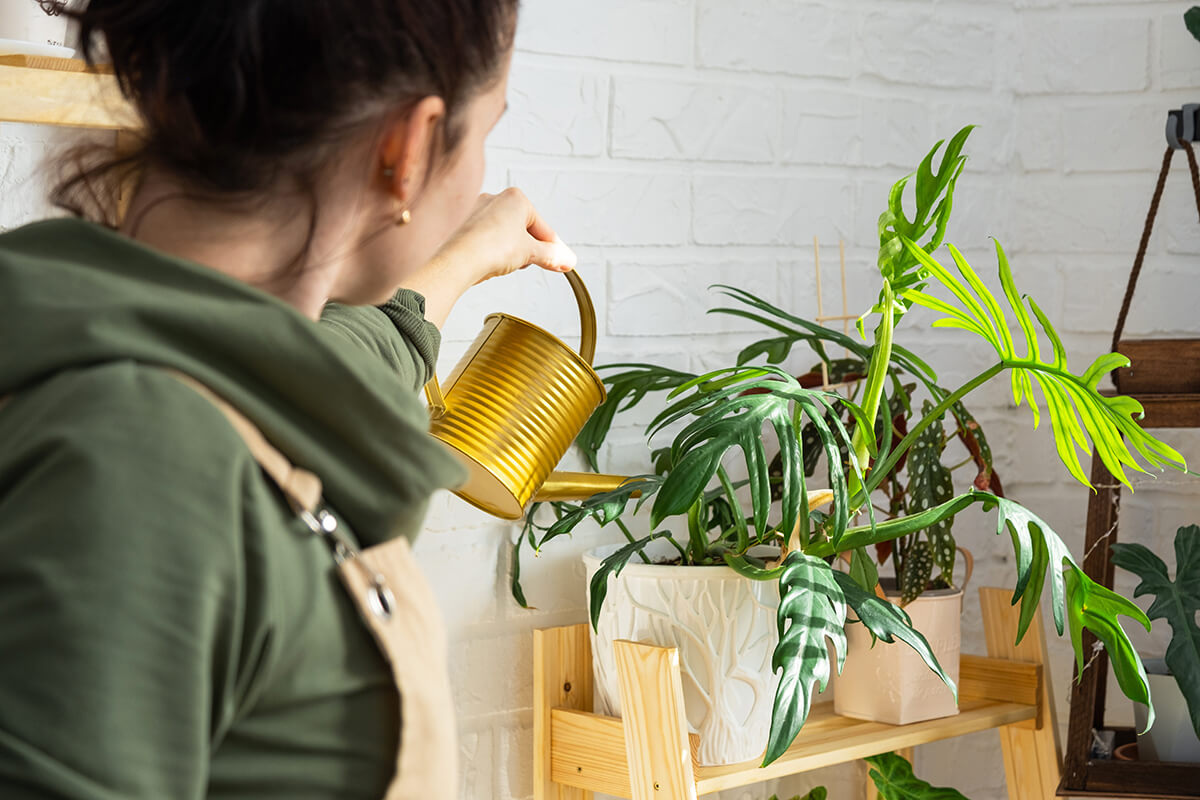The Easter Lily Cactus, also known by its botanical name Echinopsis oxygona, is a delightful and beginner-friendly cactus loved for its round, spiny body and spectacular blooms. If you have one of these charming plants or are thinking about getting one, you might be wondering how to water it correctly. Don’t worry—caring for an Easter Lily Cactus isn’t as hard as you think! Whether you’ve watered a cactus too much in the past or are simply unsure where to begin, you can confidently learn how to meet this plant’s needs.
Let’s explore when, how much, and how to water your Echinopsis oxygona, so your cactus stays happy and healthy all year round.
How Often Should I Water My Easter Lily Cactus?
Timing matters! Unlike tropical plants, the Echinopsis oxygona prefers its soil on the drier side. Overwatering is actually the main cause of trouble with this cactus.
- Spring and Summer: When your cactus is actively growing (especially if it’s blooming!), water when the soil is completely dry to the touch. For most apartments, that means every 2–3 weeks.
- Fall and Winter: The plant enters a rest period and needs much less water. Water only once a month, or even less if your home is cool.
Remember, these are just guidelines. Always adjust for your home’s humidity and temperature. If you’re unsure, wait a few extra days—your Easter Lily Cactus is much more tolerant of dryness than wetness.
How Much Water Does Echinopsis oxygona Need?
When it is time to water, give your Easter Lily Cactus a deep and thorough drink:
- Water until it starts to drain from the bottom of the pot. This encourages roots to grow deep and strong.
- Don’t just give it a little sip or splash—the roots won’t get the moisture they need.
- But, never let the plant sit in leftover water.
Quick Checklist: Correct Watering Amount
1. Wait until soil is completely dry.
2. Water until it drains out the bottom.
3. Empty the plant saucer after 10–15 minutes.
Should I Spray or Mist My Easter Lily Cactus?
No, this isn’t necessary and may actually cause problems. The Echinopsis oxygona’s home climate is dry, not humid. Spraying or misting can lead to rot or invite pests. Save the misting for your ferns!
What Are the Humidity Needs of Easter Lily Cactus?
Good news for apartment dwellers: the Easter Lily Cactus does not require extra humidity. Ordinary household air is just right, even in winter with the heat on.
Is the Easter Lily Cactus Sensitive to Overwatering?
Absolutely. The fastest way to make your Echinopsis oxygona unhappy is to let it sit in soggy soil. Overwatering can cause root rot, yellowing, or a mushy, collapsing plant. Always use a well-draining cactus mix and a pot with drainage holes.
Is Echinopsis oxygona Drought Tolerant?
Yes! This cactus is built to survive long dry spells. It stores water in its round body and will forgive you if you forget to water for a while. Think neglect before over-care when in doubt.
Should I Bottom Water or Water from Above?
Both methods can work. Most people find watering from above—slowly pouring water over the soil—easier for potted Echinopsis oxygona. Make sure the water soaks in and drains out the holes.
Bottom watering (setting the pot in a tray of water so the soil soaks it up from below) works as well but must be time-limited to 10–15 minutes, and the pot should always be removed from standing water.
What Should I Do With Excess Water After Watering?
Always discard any water left in the saucer or tray under your Easter Lily Cactus after 10–15 minutes. Don’t let the pot stand in water. This simple step prevents root rot and helps your cactus thrive.
Summary: Watering Your Easter Lily Cactus With Confidence
In summary, the Easter Lily Cactus (Echinopsis oxygona) thrives on minimal care and occasional, thorough watering—never frequent sips or soggy soil. Remember: let the soil dry out, water deeply, give no extra humidity, and always drain off leftover water. With these easy tips, your Easter Lily Cactus can flourish and bring you joy for years to come—even if you’re just starting out as a plant parent.


